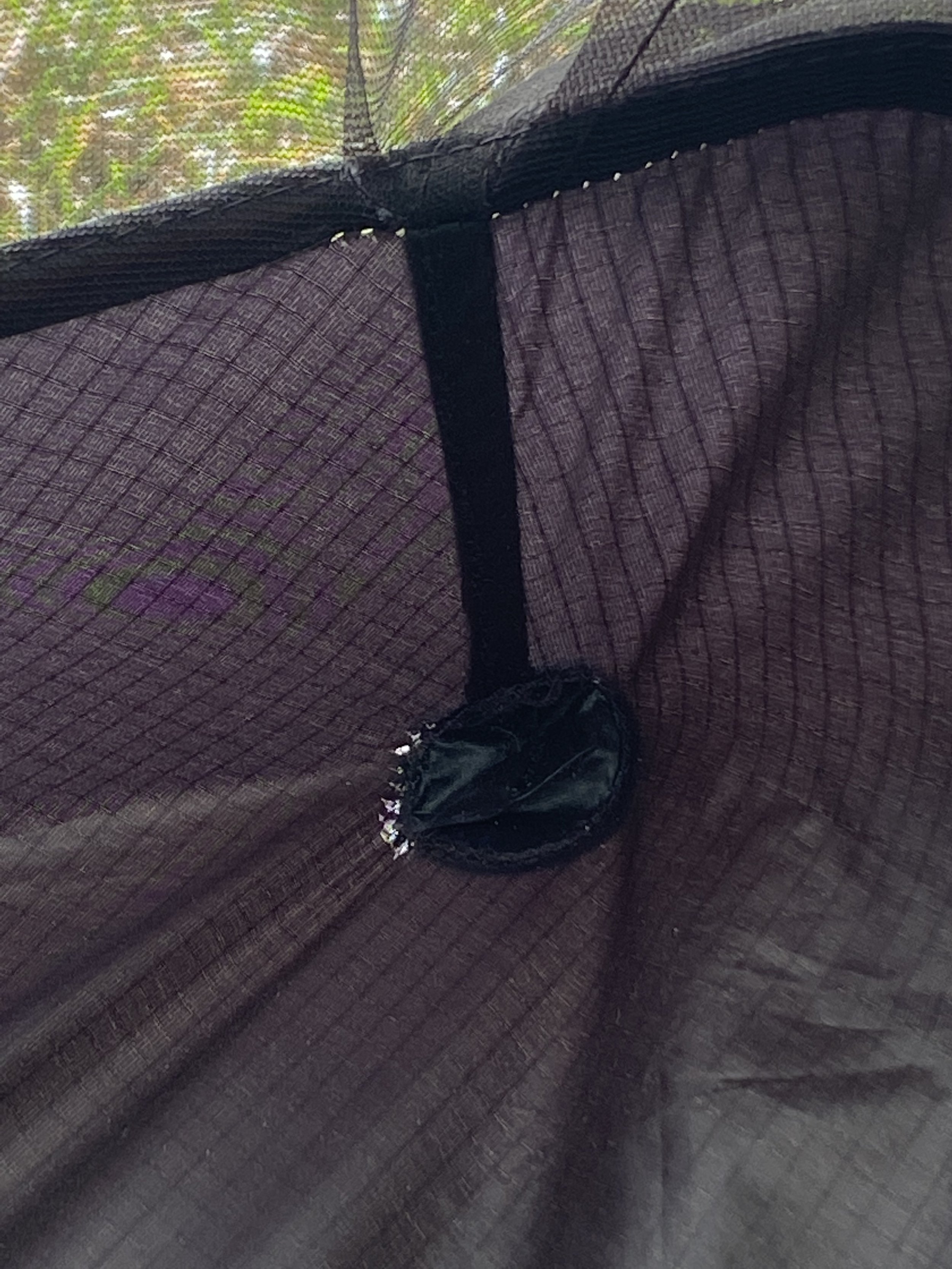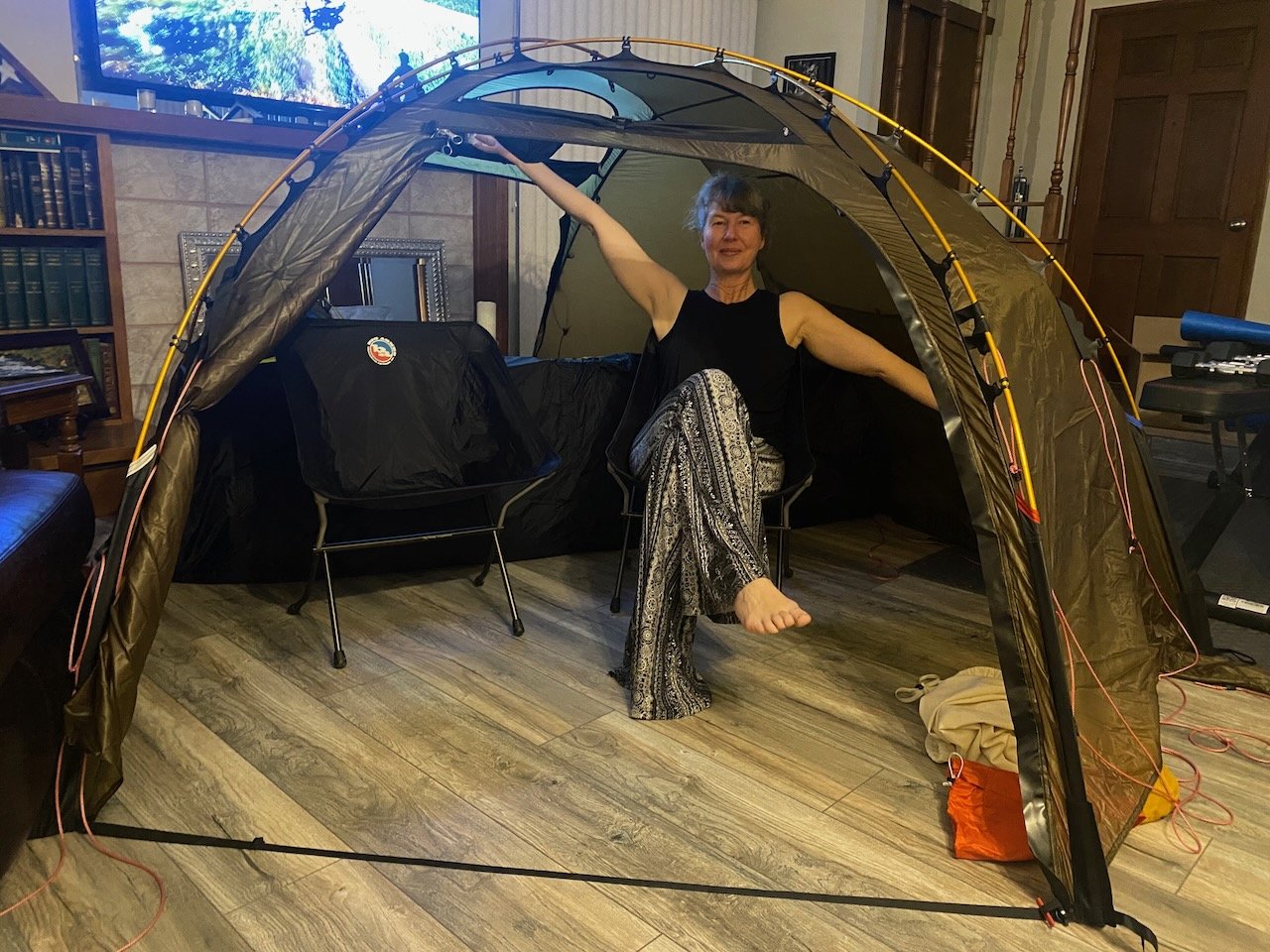Hilleberg Allak 3
Why We Chose The Hilleberg Allak 3…
Where To Begin…
There are a few major gear choices that play an important role in the comfort and safety of those that sleep outdoors. Among the top three of the list is a shelter. An ever changing dilemma for every adventurer and surrounded by endless opinions of choice.
Deciding on a shelter that fits your particular needs and wants is rather easy when you see through the complexity. Ones skill level, intended circumstances, and personal comforts must be balanced with weight, size, and structure. All of which create confusion especially when researching and being bombarded with the countless bits of information out there.
This is not a how to article so I will be discussing our personal needs and wants that take the above into consideration. The one thing I have noticed from watching the many world traveler vlogs on YouTube is that those who use a lightweight 3-season tents tend to struggle when the weather reaches the limits of their shelter.
I have been there many times during my 52 years of wilderness travel. And I can understand trying to shave a lot of weight for a few moments of discomfort. I also know the magic in the kindness of strangers that come to our rescue during these moments. And I have learned many tricks in dealing with a shelters limitations.
The key to answering the shelter mind game is knowing what you are willing to deal with in terms of environment, weight, and cost. An added consideration is knowing how our partner feels about this as well. What are they willing to deal with?
In my youth I have been comfortable under the stars, under a tarp, within a single-wall, and 4-season shelter. My base weights have ranged from 8 to 55 pounds. What all this has taught me is that there is a balance and no two adventures are ever the same. We spend way too much time on stuff and putting our lives in boxes. There are no boxes in nature and humans are the only aberration affecting it.
After our last two shelters it was time for a pause and to thoroughly meditate on the shelter that would best serve the purpose of what we intend to navigate. At our age and where we are today, what shelter will best suit our needs.
I first listed all the features I was most concerned about. Material and weight were not in the equation for this list, that was for the second list. After I found shelters that fit my criteria, it became evident that a 4 season tent is what we were looking for. Now it was time to work out weight and material in this category.
Our Criteria In No Particular Order…
Ability to withstand the ever changing climate and its erratic new weather.
Sturdy enough to handle high winds, blowing sand, and snow.
Capable of weathering extremely heavy rain.
Ventilation for extremely hot days and nights.
Enough extra space to be comfortable even with gear inside.
A true free standing tent.
Built to withstand daily use all year long.
Easy to repair and maintain
Quick to set up and take down.
Great insect protection.
Failure One: Tarptent Cloudburst 3 Issues
During our tour from Washington to Wyoming we used our Tarptent Cloudburst 3 that we had originally purchased as our bike touring shelter. Along the way it revealed a few flaws we were now concerned about, considering that a tent is going to be our house from now on.
There are many things to like about the Cloudburst such as its size to weight ratio. Lots of room at only three pounds and it packs up very small. It has great ventilation and can be set up quickly. The vestibules are big with many different configurations. However, all these advantages are also its disadvantages.
The mosquito netting is too thin for daily use and ours kept ripping. By the end of our tour two months later there was a basketball sized hole that we had to sew and many other smaller holes.
The corner stitching of the floor is not reinforced enough for its intended purpose. The floor corners also hold the tension at the bottom to pitch the tent and this creates too much stress on the stitching. You can see it pulling apart so much so that it lets water in. Tarptent said that is normal and I disagree, that area should have been reinforced especially since it is the floor where water protection is essential. Having to seam seal another piece of fabric over the stitching is NOT a solution it is poor design.
I have been using a Tarptent since at least 2000 maybe before when I started using the original GossamerGear Squall. And I am still impressed with the Double Rainbow but this Cloudburst 3 became a disappointment.
Failure Two: Big Agnes Copper Spur HV UL 3 Attempt
Our next purchase was a Big Agnes Copper Spur that never left the garage. After setting it up in the house we noticed it had a lot of holes punched in the netting. This did not gives us any confidence at all in this shelter so we returned it.
The lightweight and fragile netting of the Copper Spur is why we were replacing our Tarptent Cloudburst. The size, functionality, and weight was enticing. Many world bike travelers use Big Agnes tents which was a point I had noticed and mentioned at the beginning of this article.
Success: Hilleberg Allak 3 - Reprogramming How I Choose A Shelter
I have been using three season shelters for all four seasons without issue until I began planning for our bicycle life. This required thinking about the demands of everyday life that the shelter is going to have to endure.
All four seasons from extreme heat to cold, sand storms to snow storms, and hard winds to calm days. It will need to be versatile enough to be pitched in nearly all situations whether ideal or not. The tent will need to be comfortable when waiting out storms or simply hanging out. Only a four season shelter checks all these boxes.
My task now was to sift through the tents in the four season category and in the end the one tent that met all the options I was looking for turned out to be the Hilleberg Allak 3.
Our Personal Negatives...
Weight. This thing is HEAVY compared to what I am accustomed to. However, when compared to other shelters in its category, the Allak 3 is mostly lighter.
Packed Size. This thing easily fills a 20L dry bag. Still with how spacious it is I don't see how they can get it to pack any smaller.
Cost. WOW, we have never paid so much for a shelter. Especially one that is not Dyneema Composite.
No Gear Loft. We made our own.
Our Personal Positives...
True 100% Freestanding. I love that you pitch the rainfly and the tent hangs underneath by clips. This means that the vestibule does not need to be staked out like many so called freestanding shelters. The tent will stand up anywhere.
Tent Clips under the rainfly. This offers so many advantages from packing up in a rain storm to simply being able to slide the tent out of the way and hide under the rainfly for sunshade. You can pack the tent up separately to keep it dry.
Ventilation. The ventilation on this tent is over the top. Condensation is easily controlled and it also lends itself to very hot days.
Spacious. There is a lot of room to move around in the Allak 3. Plenty of space for two people and touring gear. The vestibules are huge and adding the footprint makes them much cleaner.
Setup. Color coded pole pockets teamed with clips makes the Allak a quick tent to pitch. Staking out the lines can take a little longer but the main tent itself is quick.
Massive Zippers. The zippers on the Allak are amazing. The pulls are large enough to grab with bulky gloves and the zipper itself feels industrial. No getting in nor out of this tent quietly, they are loud.
Very High Bathtub Floor. Neither you nor your gear are going to push the sides down on the floor to allow water in. I like how the corners are rounded.
Two Doors. Having a door for each person is a nice convenience. It also allows for difficult pitching situations for door placement.




























